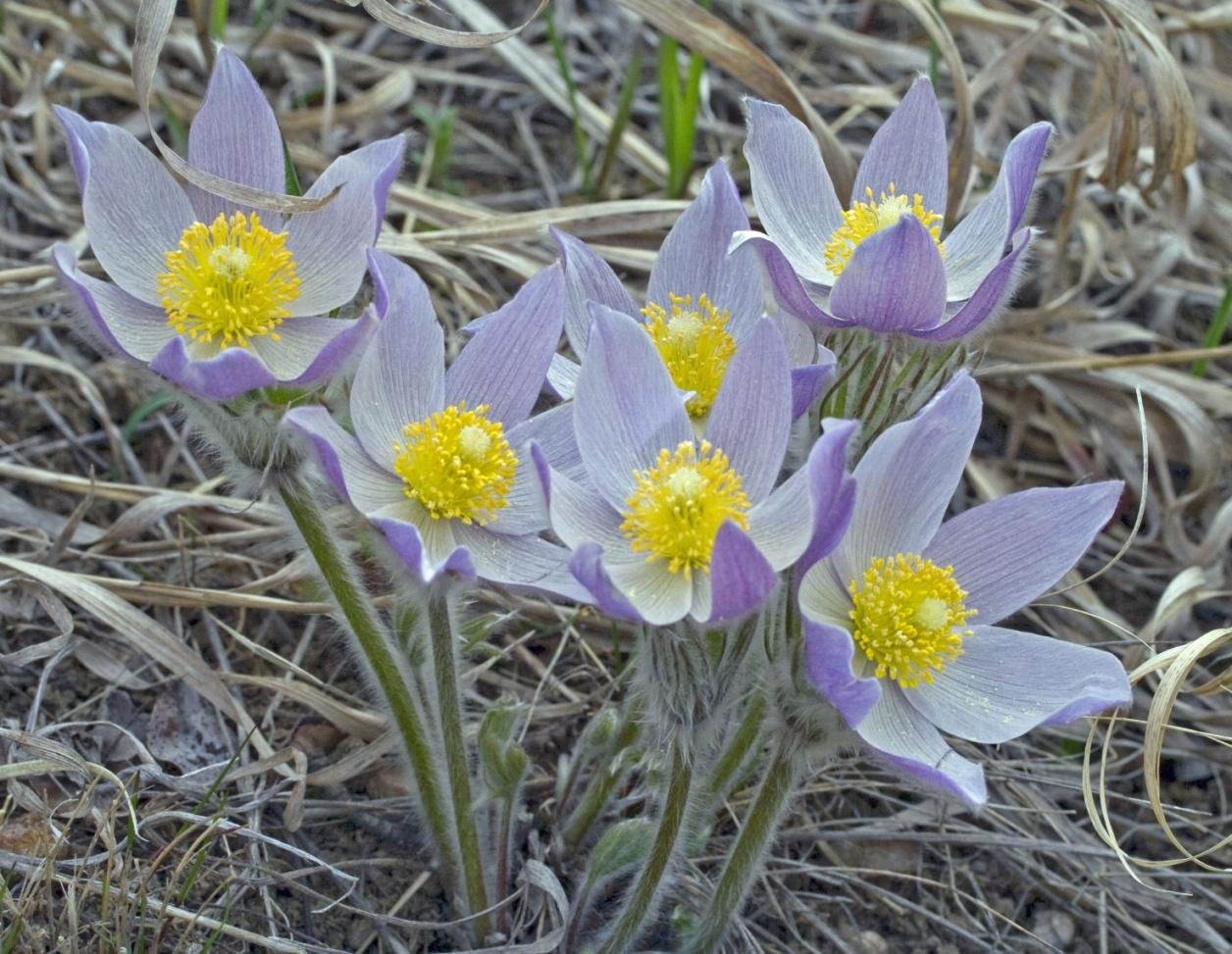O Thou Weed - Snorkeling with GVLT - by Whitney Tilt
O Thou WeedA weed is a plant that does not have a publicist. It is a plant growing where it is not wanted… at least not wanted by humans. As Richard Mabey observes in Weeds, weeds are plants whose reputations, and therefore whose fate, are a matter of human judgment to demonize or accept.Today in southwestern Montana, certain weeds have earned county, state, and federal notoriety. They are blacklisted as “noxious”, “invasive”, and “alien”. They are depicted on wanted posters just like Jesse James and Ma Barker. Leafy spurge, common tansy, Canada thistle, and spotted knapweed are four examples of what being noxious is all about as they can spread rapidly, impact vegetation and soils, and alter how the land can be utilized.At the same time, many weeds have become part of our landscape with little or no fanfare. White clover, yellow sweet clover, chicory, bittersweet nightshade, and dames rocket are a few examples. While some might cast them as outsiders, in general there was been no public campaign against them. In fact, many people enjoy their presence on a daily basis. Every year more “invasive aliens” are added to our watch lists. With the specter of climate change and increased globalization, where should our battle against weeds go? Emma Marris in the Rambunctious Garden notes that we have grown fond of clinging to fragments of “virgin” landscapes and “intact ecosystems”. But like slivers of soap, they shrink and slip through our fingers. Rather than mourn the passing of “pre-human” nature, however, Marris takes a more optimistic approach that recognizes that while today’s nature is decidedly not pristine, it is abundant and it should be embraced for what it is rather than some fossilized view of nature past.So what to do about weeds in and around the Gallatin Valley? First, know your weeds and determine those that truly impact the land and its use. Tansy, knapweed, spurge and other species can clearly rise to the level of “noxious.” Be able to identify them and take appropriate actions to control them (refer to county and state websites for best control methods). Species like burdock and houndstongue can become nuisances to dog-lovers and spread readily along trails. These plants can often be effectively hand-pulled to control local spread. But be forewarned, one of the characteristics of being a “weed” is that they are hard to get rid of.Guilty of being non-native, immigrants “from aways” (like many residents of Montana), the vast majority of weeds are part of the landscape we call home and their behaviors don’t rise to the level of harm -- which raises the second point: Know what is not a noxious weed. Increasingly I am seeing evidence that weed spraying programs can cause more harm than good when the spray wand is in the hands of applicators who don’t recognize that every broad-leaved plant is not a weed. Fields that once abounded with prairie smoke, anemones, and other wildflowers, have been reduced to stands of native and non-native pasture grasses. In the name of controlling noxious weeds, we are attacking our native plant life.So recalling Ralph Waldo Emerson’s advice that a weed is a plant whose virtues have never been discovered, get out and enjoy the abundance of trails around the Gallatin Valley. While Spring in the Rockies vacillates daily between snow, mud and sun, the wildflowers will begin blooming in April, and the natives and non-natives alike will fill the eye with color.Read more by Whitney Tilt...
Every year more “invasive aliens” are added to our watch lists. With the specter of climate change and increased globalization, where should our battle against weeds go? Emma Marris in the Rambunctious Garden notes that we have grown fond of clinging to fragments of “virgin” landscapes and “intact ecosystems”. But like slivers of soap, they shrink and slip through our fingers. Rather than mourn the passing of “pre-human” nature, however, Marris takes a more optimistic approach that recognizes that while today’s nature is decidedly not pristine, it is abundant and it should be embraced for what it is rather than some fossilized view of nature past.So what to do about weeds in and around the Gallatin Valley? First, know your weeds and determine those that truly impact the land and its use. Tansy, knapweed, spurge and other species can clearly rise to the level of “noxious.” Be able to identify them and take appropriate actions to control them (refer to county and state websites for best control methods). Species like burdock and houndstongue can become nuisances to dog-lovers and spread readily along trails. These plants can often be effectively hand-pulled to control local spread. But be forewarned, one of the characteristics of being a “weed” is that they are hard to get rid of.Guilty of being non-native, immigrants “from aways” (like many residents of Montana), the vast majority of weeds are part of the landscape we call home and their behaviors don’t rise to the level of harm -- which raises the second point: Know what is not a noxious weed. Increasingly I am seeing evidence that weed spraying programs can cause more harm than good when the spray wand is in the hands of applicators who don’t recognize that every broad-leaved plant is not a weed. Fields that once abounded with prairie smoke, anemones, and other wildflowers, have been reduced to stands of native and non-native pasture grasses. In the name of controlling noxious weeds, we are attacking our native plant life.So recalling Ralph Waldo Emerson’s advice that a weed is a plant whose virtues have never been discovered, get out and enjoy the abundance of trails around the Gallatin Valley. While Spring in the Rockies vacillates daily between snow, mud and sun, the wildflowers will begin blooming in April, and the natives and non-natives alike will fill the eye with color.Read more by Whitney Tilt...

